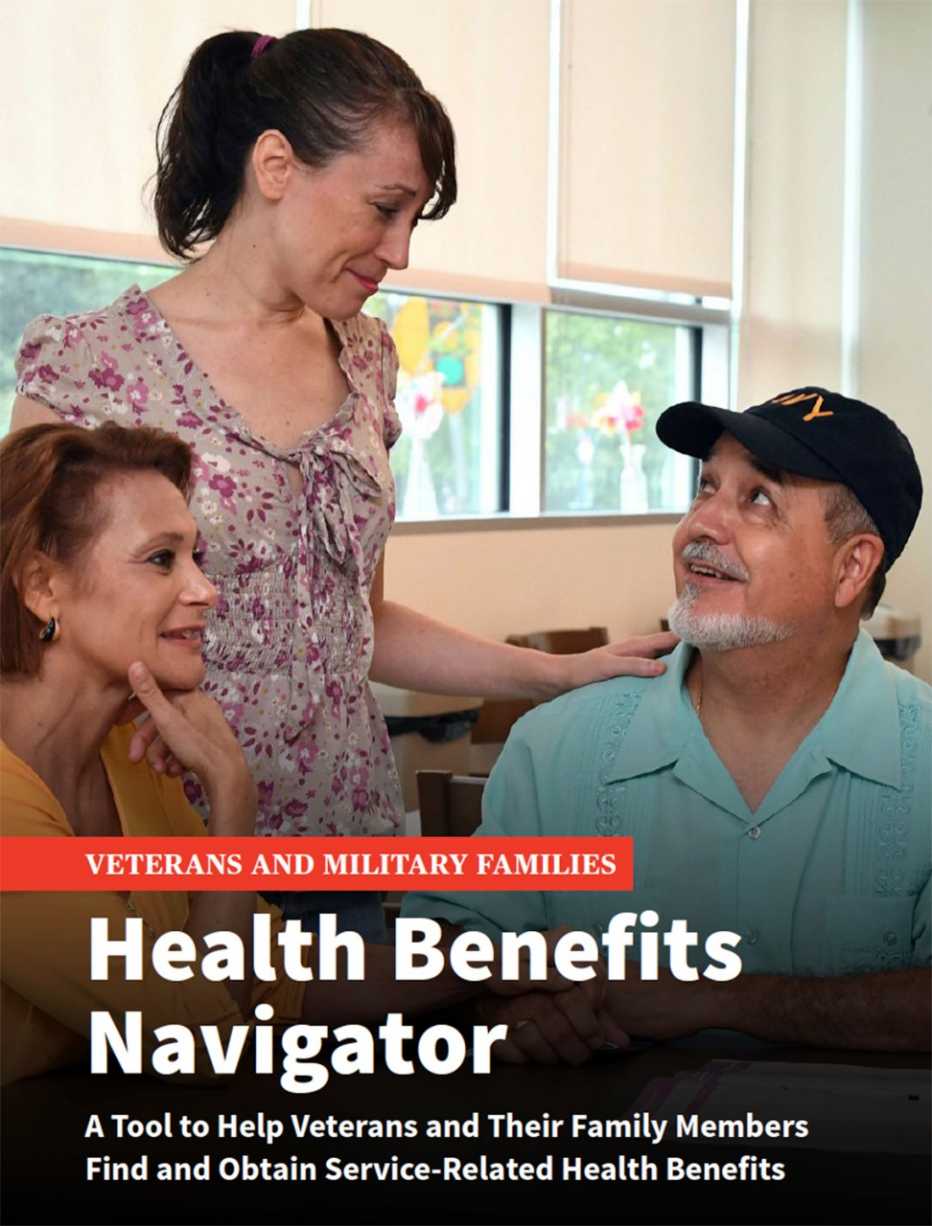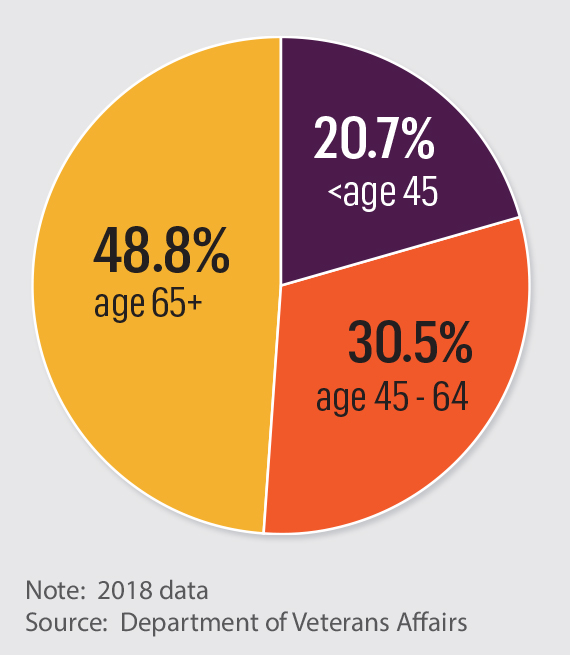AARP Hearing Center


If you are a veteran who served in active duty for at least 24 consecutive months and were honorably discharged, you're eligible to enroll in health care from the U.S. Department of Veterans Affairs.
But as with any federal entity, keep in mind several guidelines.


AARP Veterans Health Benefits Navigator 2.0
Enrolling in a health care plan can be a grueling process, especially when it comes to finding the right information and knowing where to turn for assistance. This is particularly true when it comes to accessing veterans health benefits. Never assume your eligibility until you’ve made a full inquiry with the Department of Veterans Affairs (VA) or the Department of Defense (DoD).
This free online tool will help you:
- Learn more about health benefits provided through the VA and DoD.
- Understand how to apply and enroll in VA health care.
- Expand your health care options with Medicare and Medicaid.
- Identify how to get help from representatives who have experience and knowledge of the VA’s benefits process.
The latest edition of the Navigator has been updated with additional content to help access the following VA specialty care programs and services in the following areas:
- Women Veterans Health Care Program
- Specialty emotional and mental health services
- Specialty dental, oral, hearing and vision services
- Family Caregiver Assistance Program
Visit: aarp.org/VetsHealthNavigator
"Getting in the door and into the system can be challenging,” says Kayla Williams of Reston, Virginia, a veteran of the Iraq War. “But once that's done, the system is so beneficial. It's comprehensive, integrated care. All of your providers can see all of your records."
3 ways to apply
• Online. Veterans may fill out and submit their benefit application electronically through the Veterans Affairs (VA) website. After completing the application, a confirmation message will appear immediately on the veteran's screen. If recently discharged, the VA will gather the veteran's service information for him or her.
• In person. Veterans may go to their local VA health center to apply for medical services that include more than a dozen specialties.
• By mail. Veterans who choose to mail their VA Form 10-10EZ to the VA can download the form from the VA's website. The veteran or someone with the veteran's power of attorney must sign and date the form.
Regardless of how it's filed, the application includes information about the veteran's military service, demographics and, as applicable, financial status, Meagan Heup of the VA's New York Regional Office of Public Affairs says in email.
Once enrolled, a veteran doesn't need to reapply annually for benefits. Still, some veterans, perhaps with help from their caregivers, will need to update their financial information yearly.


































































More on Home and Family
A Little Help From Veterans Affairs
Tips for veterans and their caregivers for exploring VA benefits and services
VA Seeking Public Comment on Caregiver Assistance Benefits
Eligibility date for pre-9/11 veterans remains unclearVeterans Cheer Push for Private Health Care Options but Worry About Funding
Some veterans and lawmakers say it’s still not enough